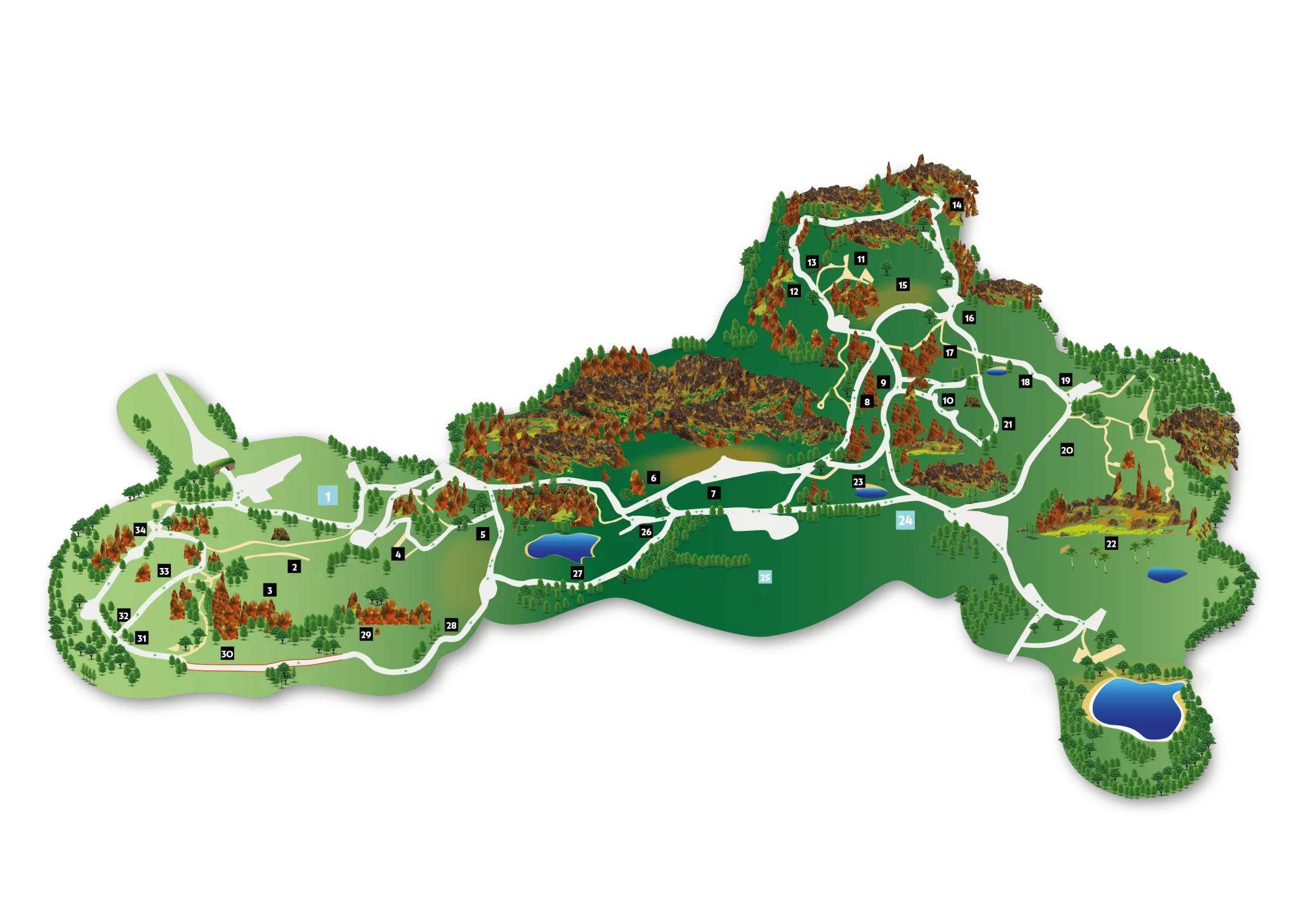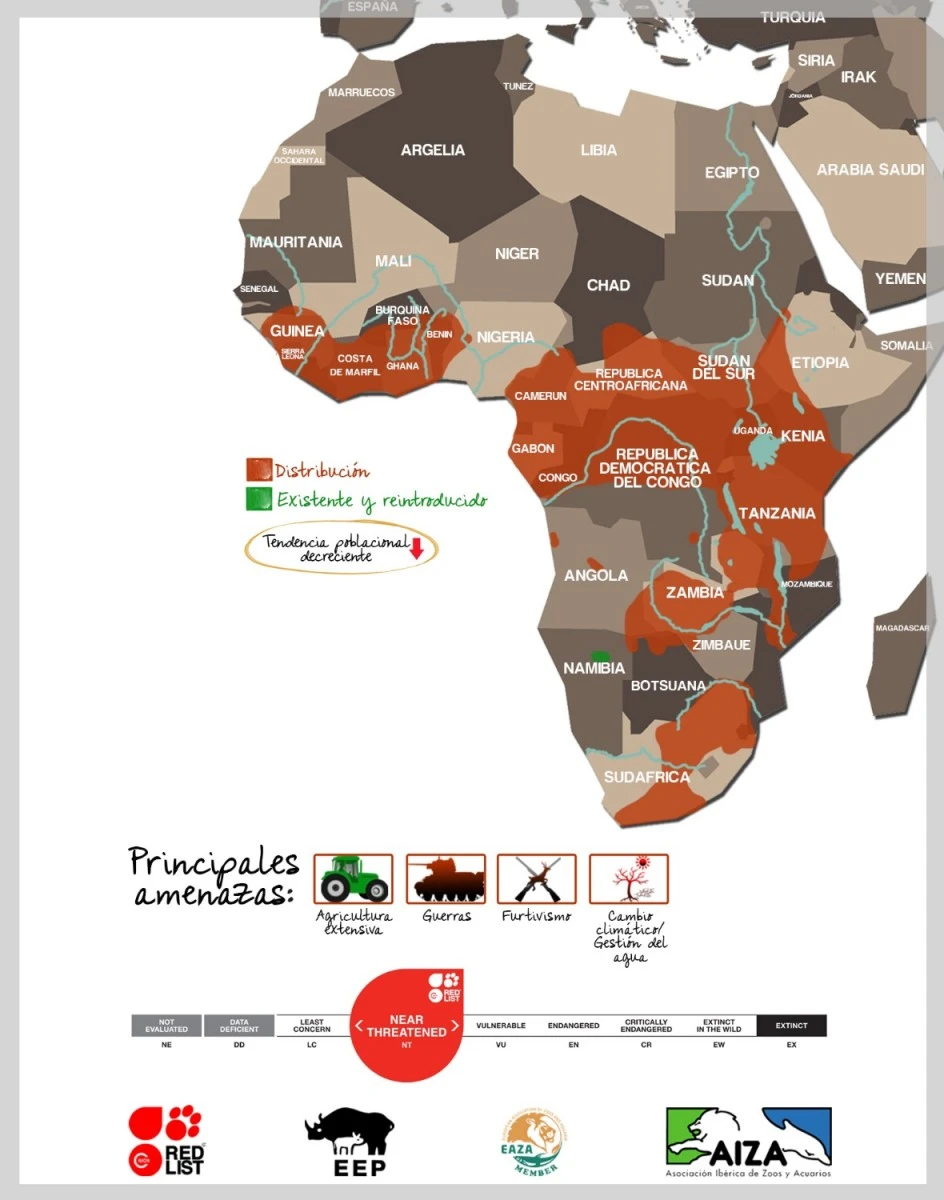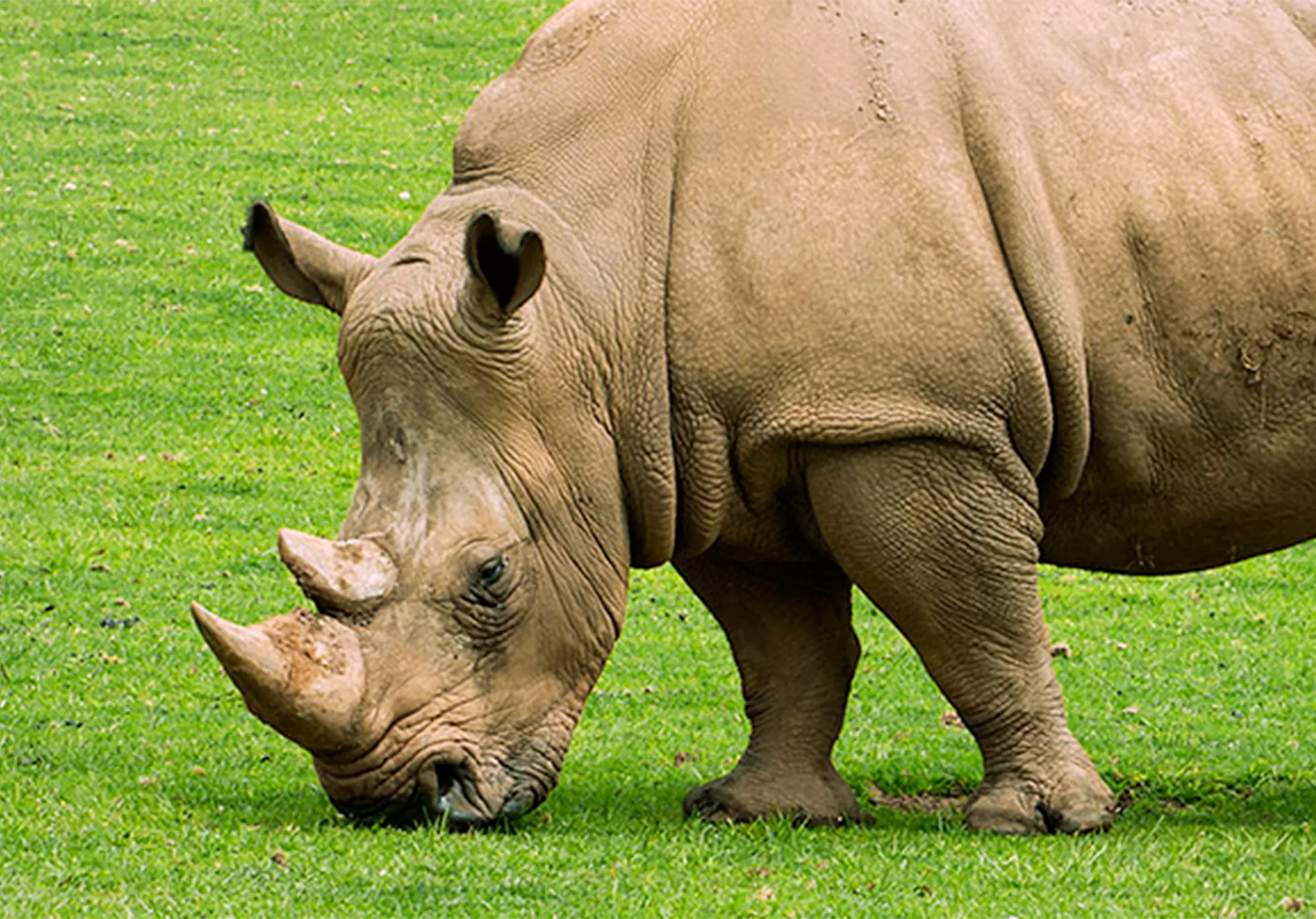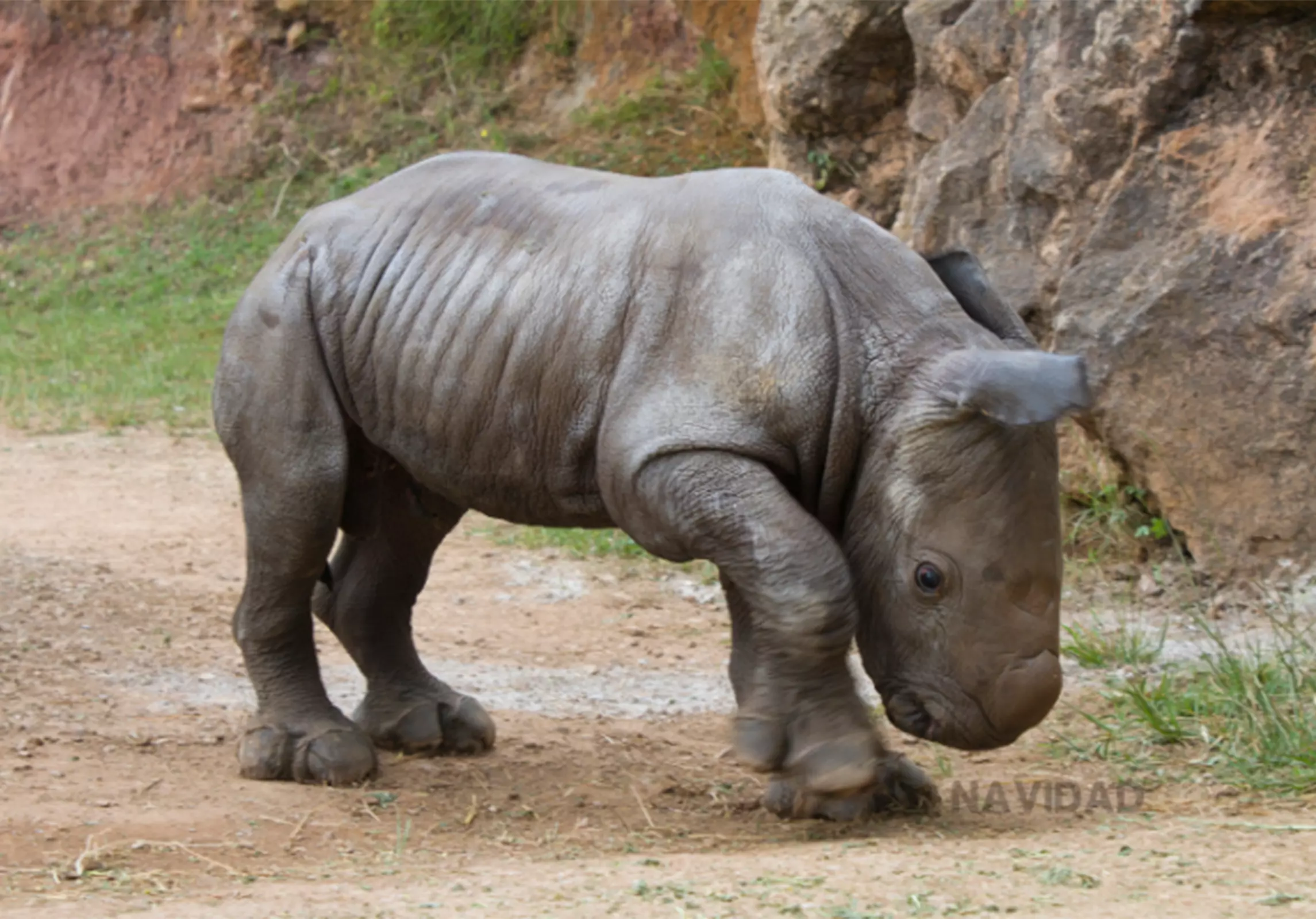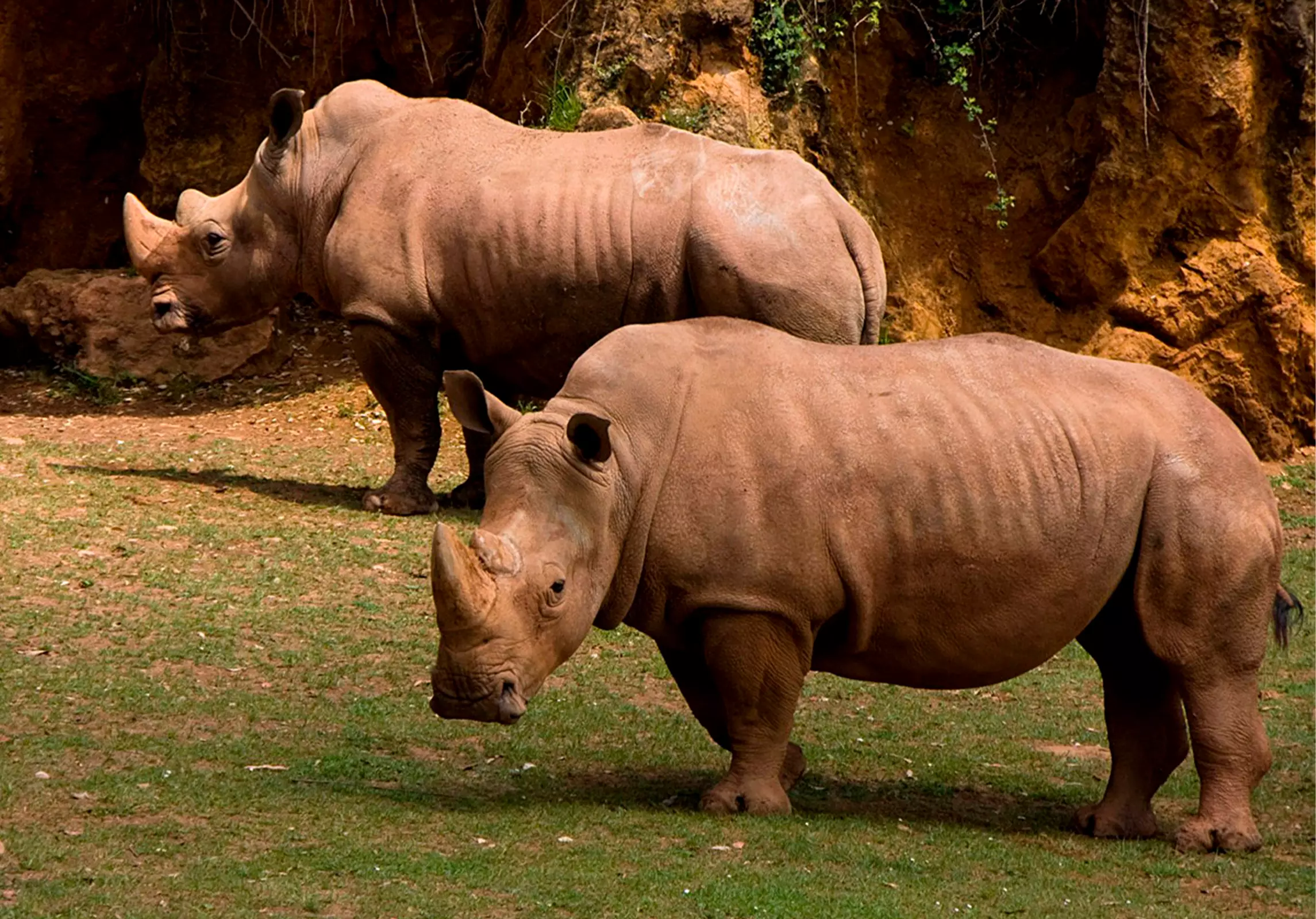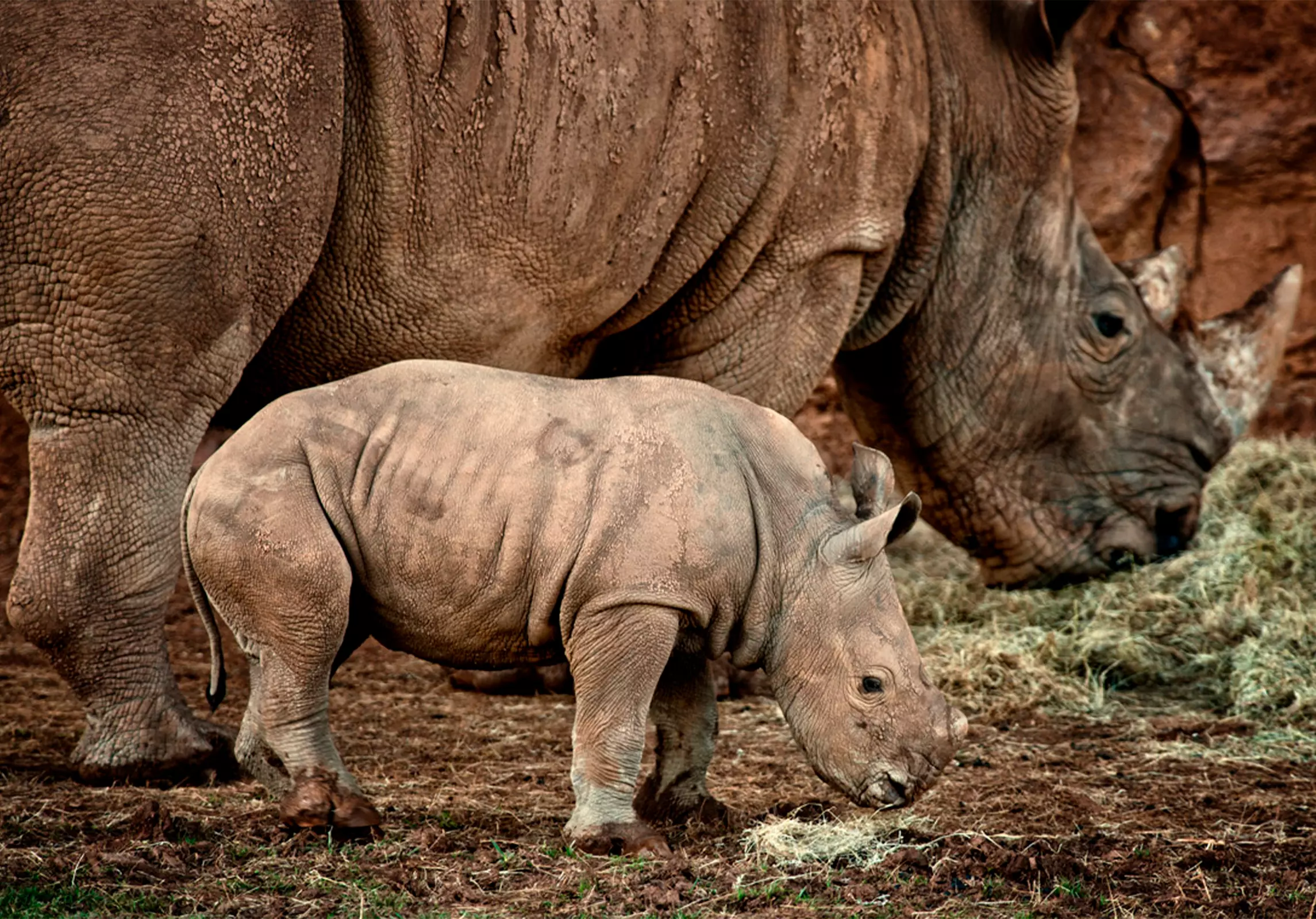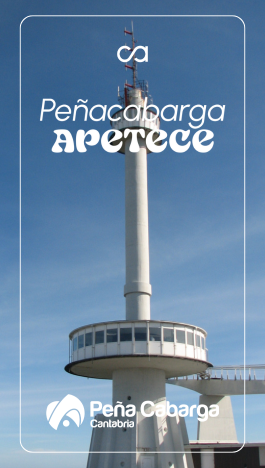
White rhinoceroses possess an organized social structure formed by clans of dozens of individuals. It is the only rhinoceros species that forms groups, and it is the largest in size. A clan spans about 80 square kilometers in a circular shape, with the watering hole at its center.
It needs waterholes to wallow until covered in mud, which, while the water can cool them, the layer of mud serves to protect them against fly bites, since despite the thickness of their skin, blood vessels are found just beneath a thin outer layer.
They possess two horns, the front one being larger, measuring approximately 65 cm. The horns are composed of an aggregation of keratin fibers and lack bone support or anatomical implantation. When they break, they grow back in 2-3 years. It’s a means to determine the animal’s rank; when two rhinos meet, they simply cross their horns, in a sword-fighting manner, in order to gauge their strength.
There are many beliefs that have been generated around the rhinoceros horn, affecting this species with poaching and leading it to a critical state of survival, since in the black market the amounts of money paid for rhinoceros horn are exorbitant.

